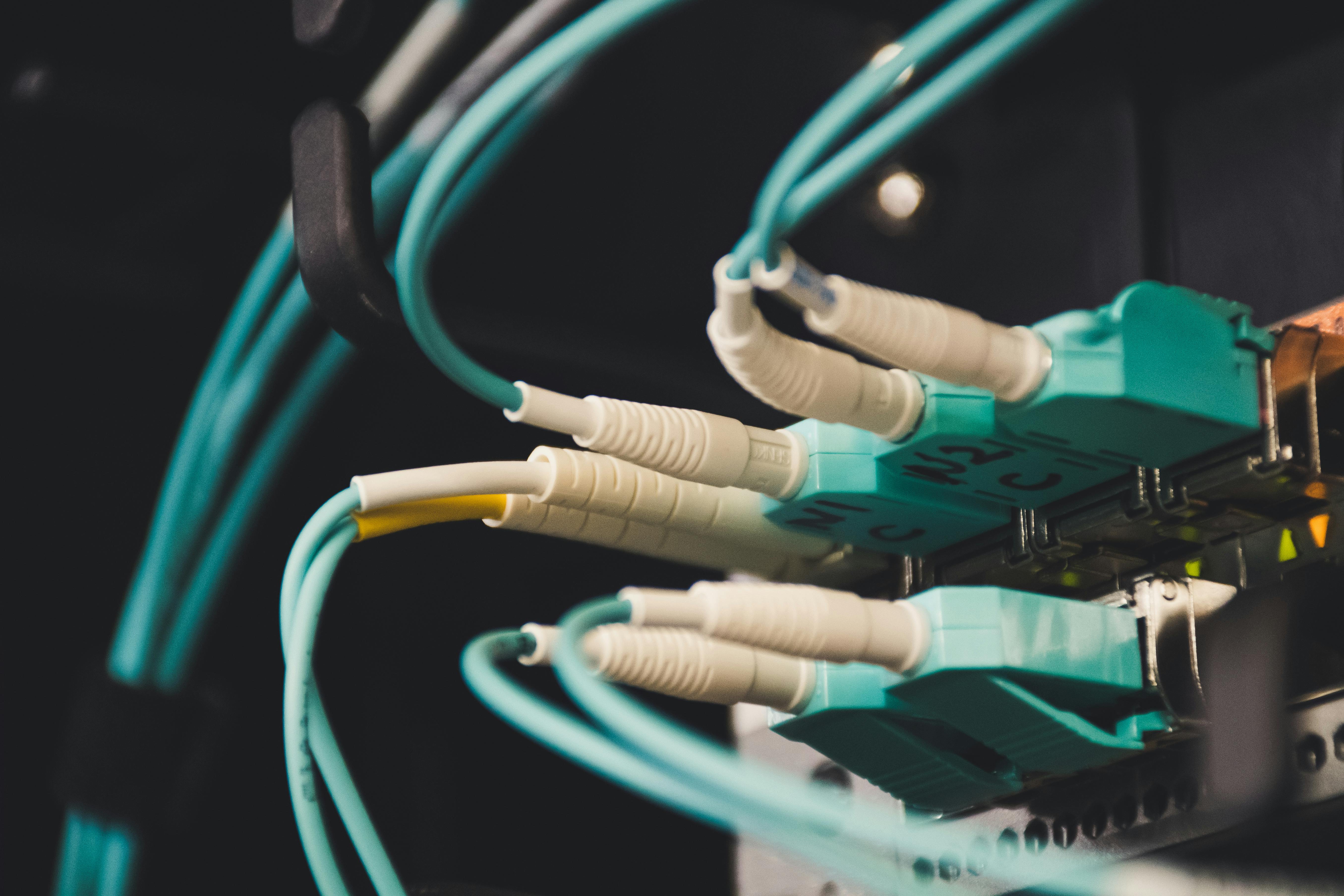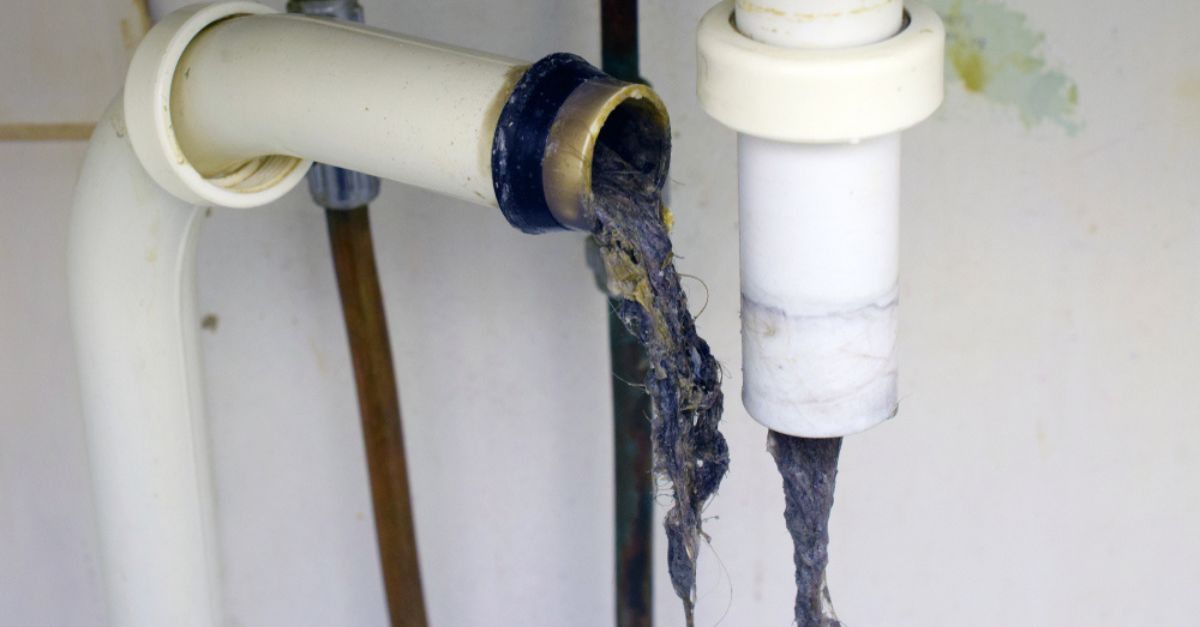The Rise of Fiber: Finding the Best High-Speed Internet Providers in the U.S.
As America’s digital demands grow, the need for faster, more reliable internet is at an all-time high. Whether you’re streaming 4K video, working remotely, or running a smart home, the choice of internet provider can make or break your online experience. This article explores the top fiber-optic and high-speed home internet options across the United States, helping you choose the fastest and most efficient plan for your needs.

What Makes Fiber’s Fast Lane the Superior Choice?
Fiber-optic internet transmits data using light signals through thin glass cables, enabling dramatically faster speeds compared to traditional copper-wire connections. This technology can deliver symmetrical upload and download speeds, meaning you can upload large files, participate in video conferences, and stream content simultaneously without experiencing slowdowns. Unlike cable internet, which shares bandwidth among neighborhood users, fiber connections maintain consistent performance throughout the day. The infrastructure also proves more resilient to weather conditions and electromagnetic interference, resulting in fewer service interruptions and more reliable connectivity for your household.
Understanding the Rise of Fiber Internet Across America
The expansion of fiber-optic networks has accelerated significantly over the past decade, driven by increasing consumer demand and substantial infrastructure investments. Major telecommunications companies have committed billions of dollars to fiber deployment, while smaller regional providers have filled gaps in underserved markets. Government initiatives and federal funding have also supported rural fiber expansion, bringing high-speed internet to previously overlooked communities. This widespread adoption has created competitive pricing and improved service quality, making fiber more accessible than ever before. The technology now reaches approximately 43% of American households, with coverage expanding rapidly each year.
Why The Need for Speed Matters More Than Ever
Modern households consume exponentially more data than previous generations, with multiple devices streaming simultaneously, cloud-based applications running continuously, and smart home systems requiring constant connectivity. Remote work has further intensified bandwidth requirements, as video calls, file transfers, and cloud collaboration demand stable, high-speed connections. Gaming enthusiasts require low latency and consistent speeds to maintain competitive performance, while content creators need robust upload capabilities for sharing videos and live streaming. Educational applications, telehealth services, and home security systems also rely heavily on reliable internet connections, making speed and consistency essential rather than optional features.
Achieving Future-Proof Connectivity for Your Home
Investing in fiber internet represents a long-term solution that can accommodate evolving technology needs without requiring frequent upgrades. As virtual reality, augmented reality, and 8K streaming become mainstream, fiber’s superior bandwidth capacity ensures your connection remains adequate for emerging applications. Smart home devices continue proliferating, with households adding security cameras, voice assistants, and IoT sensors that require continuous internet access. The symmetrical nature of fiber connections proves particularly valuable as cloud storage and remote backup become standard practices, requiring significant upload bandwidth that traditional broadband cannot provide efficiently.
Top Fiber Providers in the U.S.: Service Comparison
The American fiber internet landscape includes both national carriers and regional specialists, each offering distinct advantages and coverage areas. Major providers like Verizon Fios serve metropolitan areas on the East Coast, while AT&T Fiber has expanded coverage nationwide through significant infrastructure investments. Google Fiber targets select cities with competitive pricing and gigabit speeds, though availability remains limited to specific markets. Regional providers such as Frontier, CenturyLink, and local cooperatives often provide excellent service in smaller communities where national carriers have less presence.
| Provider | Speed Options | Coverage Area | Key Features |
|---|---|---|---|
| Verizon Fios | 200 Mbps - 2 Gbps | Northeast/Mid-Atlantic | No data caps, symmetrical speeds |
| AT&T Fiber | 300 Mbps - 5 Gbps | Nationwide expansion | Bundling options, extensive coverage |
| Google Fiber | 1 Gbps - 2 Gbps | Select metro areas | Competitive pricing, simple plans |
| Xfinity | 200 Mbps - 2 Gbps | 40+ states | Wide availability, bundle packages |
Prices, rates, or cost estimates mentioned in this article are based on the latest available information but may change over time. Independent research is advised before making financial decisions.
Pricing Considerations and Value Assessment
Fiber internet pricing varies significantly based on location, provider competition, and service tiers, with monthly costs typically ranging from $30 to $150 for residential plans. Entry-level fiber connections often start around $40-60 per month for speeds between 200-500 Mbps, while gigabit plans generally cost $60-100 monthly. Premium multi-gigabit services can reach $150 or more, though these speeds exceed most household requirements. Installation costs may apply, ranging from free promotional offers to $200 for new fiber connections, depending on existing infrastructure and provider policies. Many companies offer promotional pricing for new customers, though regular rates apply after initial contract periods.
The competitive fiber market has created compelling value propositions that often surpass traditional cable internet options. When evaluating costs, consider the total value package including consistent speeds, unlimited data usage, and superior reliability that fiber provides. Many providers bundle internet with television and phone services, potentially reducing overall monthly expenses compared to purchasing services separately. Factor in potential savings from eliminating separate streaming subscriptions when high-speed fiber enables comprehensive cord-cutting strategies.
Choosing the right fiber provider requires careful consideration of availability, pricing, and service quality in your specific area. The rise of fiber internet has fundamentally transformed home connectivity options, offering unprecedented speed and reliability that supports today’s digital lifestyle while preparing households for future technological advances. As coverage continues expanding and competition intensifies, consumers benefit from improving service quality and competitive pricing across the fiber internet marketplace.




